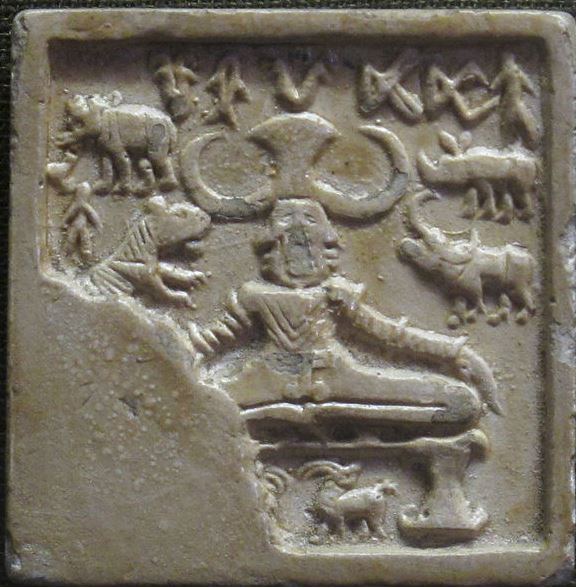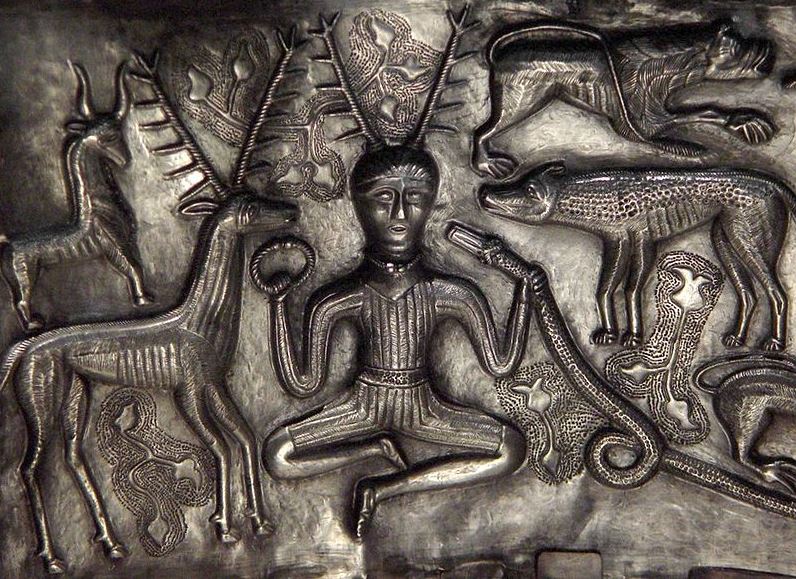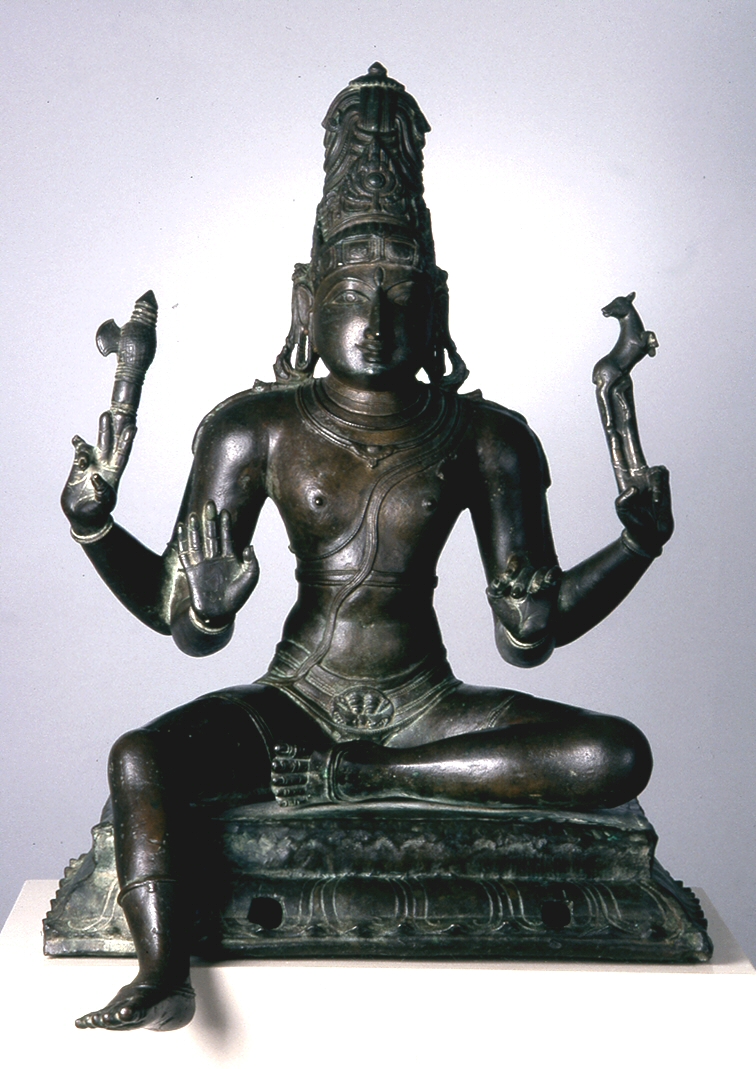MIAMI (TWH) – A recent article, “The Genomic Formation of South and Central Asia”, found genetic evidence that challenges the Hindu Nationalist “Out of India” theory. That theory holds that the “Aryan race” emerged in India and then expanded into Iran and Europe. Members of the ruling party in India, have been reportedly trying to embed this theory into textbooks as history. This Wild Hunt article reports on that article.
The Out of India theory conflates speakers of Indo-European languages with a “biological Aryan race”. Similarities exist among Indo-European languages in grammar and vocabulary; so linguists can estimate how changes occurred over time. This estimation allows them to theorize an ancestral Indo-European language.
Indo-European refers to a linguistic family not a biologic family. Systematic language variations point to a singular language source. Random genetic variations point to many ancestral groups mixing. This mixing and remixing produce new variations rather than maintaining a prototypical race.
The Out of India theory contrasts with the “Indo-Aryan Migration” theory. That other theory holds that the Proto-Indo-European language arose in the Eurasian Steppe. One group of speakers of this language moved south to India and Iran. Another group of speakers moved west, south, and north to Anatolia and Europe.
The Out of India theory allows Hindu nationalists to claim a continuous prototypical Hindu civilization, threatened by invasions. It began with the Indus Valley Civilization. That civilization lasted from ~3300 to ~1300 BCE. Hindu Nationalists claim that various invasions have threatened that prototypical civilization, particularly the Muslim/Mughal invasions that began in the 16th Century CE. The remains of the Indus Valley Civilization lie largely within Pakistan’s current borders. That 5,000 year old civilization has become embroiled in the current Hindu/Muslim and India/Pakistan conflicts.
Hinduism remains the largest and oldest living polytheistic religion in the world.
The Indus Valley Civilization
The Indus Valley Civilization had developed a distinct urban style. Its major cities were Harappa and Mohenjo-Daro. No one has found evidence of palaces, possibly indicating some social equality. It had sewers to transport waste and toilets that flushed. Skeletal teeth show signs of drilling, indicating some dentistry. Its metal smiths worked with copper, bronze, and tin. Wheat and barley were its main crops. Rather than developing irrigation systems, this civilization depended upon monsoons to irrigate its farms. When the monsoons changed course, the Indus Valley Civilization entered its terminal decline. As no one has yet deciphered the writings of this civilization, much of it remains a mystery. Its religious practices are mostly unknown.

Merikanto [CC BY-SA 4.0 (https://creativecommons.org/licenses/by-sa/4.0)], from Wikimedia Commons
Indus civilization info map. Red squares major cities, red circles minor towns or villages.
One surviving artifact has provoked a great deal of speculation – The Seal of Pashupati. He is seated, erect, and horned. Animals surround him. Hindu nationalists have linked him to Shiva. Some Pagans have linked him to the Cernunnos figure on the Gundestrup Cauldron.
The DNA of the Indus Valley Civilization
The genetics of the Indus Valley Civilization reflected two groups: the Iranian farmers and South Asian Hunter Gatherers. The farmers brought farming skills to the Indus valley. While there, the farmers genetically mixed with the South Asian Hunter Gatherers. This process began sometime between ~4700 to ~3000 BCE.
The Steppe Herder migrations
In the Middle to Late Bronze Age, ~2000 to ~1400 BCE, a different genetic sub-group and culture developed in the Eurasian Steppe. Linguists consider this culture to be the most likely source of Indo-European languages.
Before ~1000 BCE, that culture migrated from the Steppe into South Asia, introducing Indo-European languages to that area. This migration occurred around the time that people from the Indus Valley Civilization began to follow the changing monsoons.
DNA investigation revealed three ancient, distinct population groups in South Asia. Indigenous South Asian Hunter Gatherers and Iranian Farmers created the Indus Valley Civilization. Later Steppe herders migrated to South Asia. Analysis of current South Asian DNA reveals two distinct genetic groups: the ASI and the ANI.
The ASI formed after ~3000 BCE. This appears to have developed after the monsoons began to change and they moved east and south, mixing with other South Asian Hunter Gatherers. The ASI generally spoke Dravidian languages. No evidence suggests that the people of the Indus Valley Civilization spoke an Indo-European language.
The ANI formed after ~2000 BCE. Iranian farmers and South Asian Hunter Gatherers formed the Indus Valley Civilization. Again as monsoons changed directions, people from the Indus Valley Civilization began to migrate and mixed with Herders from the Eurasian Steppes. These groups mixed culturally and genetically. They adapted parts of the Indus Valley Civilization, but adopted the Indo-European language of Herders.
The study finds that Steppe ancestry was not randomly distributed among the ANI. Instead it was concentrated in certain key groups, such as the priestly caste of Brahmins. Those with more Steppe ancestry had a more central role in spreading Vedic culture. This study highlights how DNA continues to change the way we understand the past.
The Wild Hunt is not responsible for links to external content.
To join a conversation on this post:
Visit our The Wild Hunt subreddit! Point your favorite browser to https://www.reddit.com/r/The_Wild_Hunt_News/, then click “JOIN”. Make sure to click the bell, too, to be notified of new articles posted to our subreddit.


